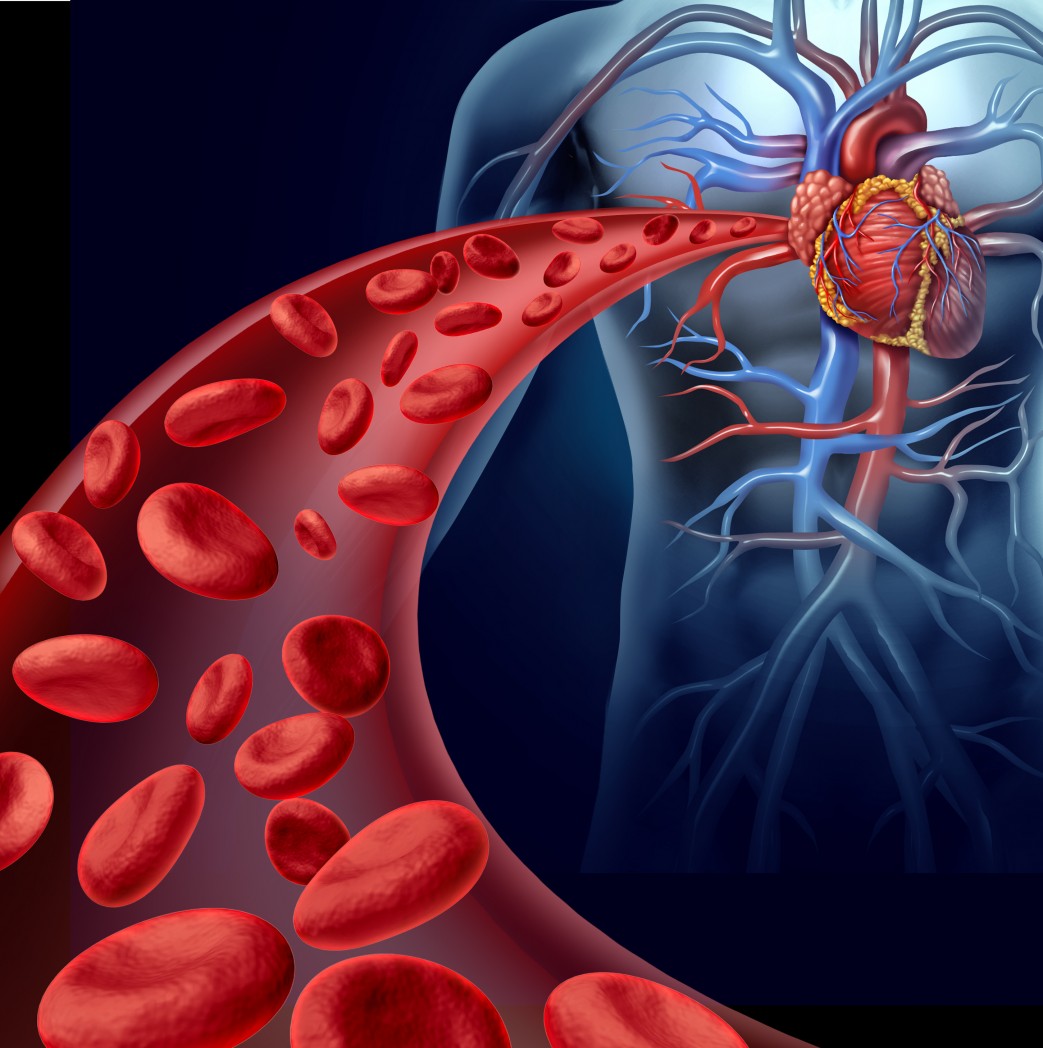Study Sheds Light on Prevalence of Different Types of Bradykinin-mediated Angioedema
Written by |

The most common type of angioedema mediated by bradykinin is caused by the use of common blood pressure medications called angiotensin-converting enzyme inhibitors, a review study shows.
This is followed by hereditary angioedema and recurrent angioedema, occurring due to an acquired C1-inhibitor deficiency, researchers say.
The study, “Epidemiology of Bradykinin-mediated angioedema: a systematic investigation of epidemiological studies,” was published in Orphanet Journal of Rare Diseases.
Angioedema is a condition in which the deeper layers of the skin swell due to dilation of blood vessels.
A significant number of angioedema cases are mediated by histamine; however, a substantial proportion can also be mediated by bradykinin — a molecule that plays a prominent role in dilating blood vessels.
Bradykinin-mediated angioedema (Bk-AE) can develop from a variety of circumstances that cause high levels of bradykinin. It can result from a slow-down in bradykinin degradation following the use of an angiotensin-converting enzyme inhibitor (ACEi-AE).
It can also be caused by an acquired deficiency of the C1-inhibitor, which leads to the uncontrolled production of bradykinin, such as that observed in hereditary angioedema (C1-INH-HAE) and recurrent angioedema (C1-INH-AAE).
Treatments for Bk-AE must either target the production or receptor activity of bradykinin. This is essential, particularly in life-threatening situations where inappropriate treatment could lead to risk of suffocation.
Since knowledge of the incidence, prevalence, and distribution of Bk-AE may help improve its management and raise awareness among physicians, researchers conducted a systematic review of the epidemiological literature on Bk-AE.
Through this review, researchers were able to identify four publications that reported the prevalence of ACEI-AE, six that reported C1-INH-HAE, and one that reported C1-INH-AAE.
Overall, researchers discovered that the prevalence of ACEI-AEs is approximately 1.5 per 10,000, C1-INH-HAE is 1.5 per 100,000, and C1-INH-AAE is 1.5 per 1 million, meaning that for every 100 patients with ACEI-AE, there are 10 patients with C1-INH-HAE and one patient with C1-INH-AAE.
Researchers also determined that ACEI-AE patients have approximately one angioedema attack per year, while patients with C1-INH-HAE and C1-INH-AAE experience 10 per year.
Because treatments for histamine-mediated angioedema would not appropriately treat bradykinin-mediated angioedema, these numbers highlight the significant need to determine the underlying cause of angioedema prior to treatment.
“Epidemiological evidence on Bk-AE is largely limited to North America and Europe. ACEI-AE is more common than C1-INH-HAE (10:1), which is more common than C1-INH-AAE (10:1),” the investigators concluded.
“More studies are needed to comprehensively assess the epidemiological burden of Bk-AE,” they said.





